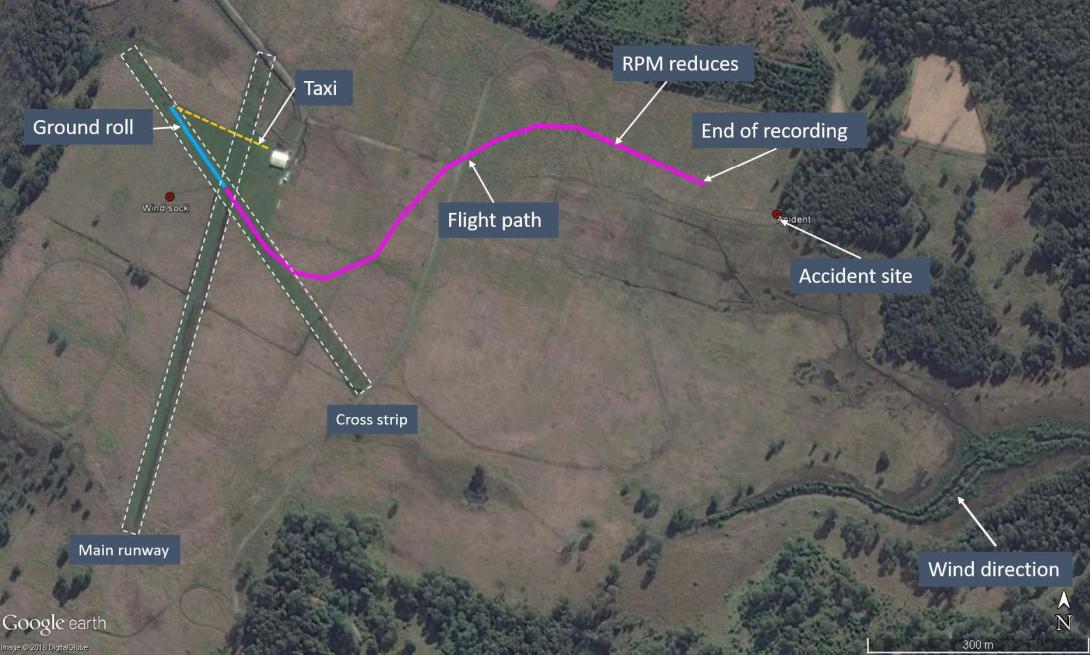
The ATSB is urging pilots to take time before they take off to consider their options and actions in the event of a partial power loss. Self-briefing on this subject before take-off can reduce the decision-making load if a power loss does occur.
The ATSB’s investigation into the fatal accident of a DH82A Tiger Moth aircraft reflects the challenging situation faced during a partial power loss shortly after take-off.
The accident occurred on 28 December 2015, when the Tiger Moth departed Pimpama Airfield, Queensland to conduct a 20-minute local adventure flight with the pilot and one passenger. About 27 seconds after take-off, the pilot observed a change in engine noise and a reduction in engine RPM. He reported that he retarded and then fully advanced the throttle, but the engine only returned to a similar lower power condition.
The pilot assessed that, as the aircraft still had partial power, he would make a left turn and return to the airfield to land. Following this decision, the aircraft’s performance deteriorated further so he attempted to perform a forced landing in a cleared area. Soon after he started the turn, however, the aircraft stalled and began to enter a left spin. The pilot recalled applying full right rudder in an attempt to stop the spin but the aircraft collided with the ground.
The passenger, who was in the Tiger Moth’s front seat, was fatally injured, while the pilot sustained serious injuries.
A partial power loss presents a more complex scenario than a complete power loss.
The ATSB investigation was unable to determine the reason for the partial power loss, but found that when the aircraft entered the spin, there was insufficient height to recover before ground contact.
A partial power loss presents a more complex scenario than a complete power loss, where a forced landing is inevitable. When faced with a partial power loss, pilots must evaluate whether or not they should try to return to the airfield.
Pilots also have to take into account the possibility that power may continue to deteriorate, may stay at the same reduced level, or may return to normal.”
When an emergency landing is required, flying the aircraft in a controlled manner, wings level and at the recommended glide speed has a better survivability outcome than when control of the aircraft is lost.
The dangers of partial power loss after take-off are the subject of the ATSB’s publication Avoidable Accidents No. 3 - Managing partial power loss after take-off in single-engine aircraft. The booklet provides information and advice regarding this complex scenario.
Read the report: Loss of control and collision with terrain involving de Havilland DH82A Tiger Moth, VH-UZB, near Pimpama Airfield, Queensland, on 28 December 2015


